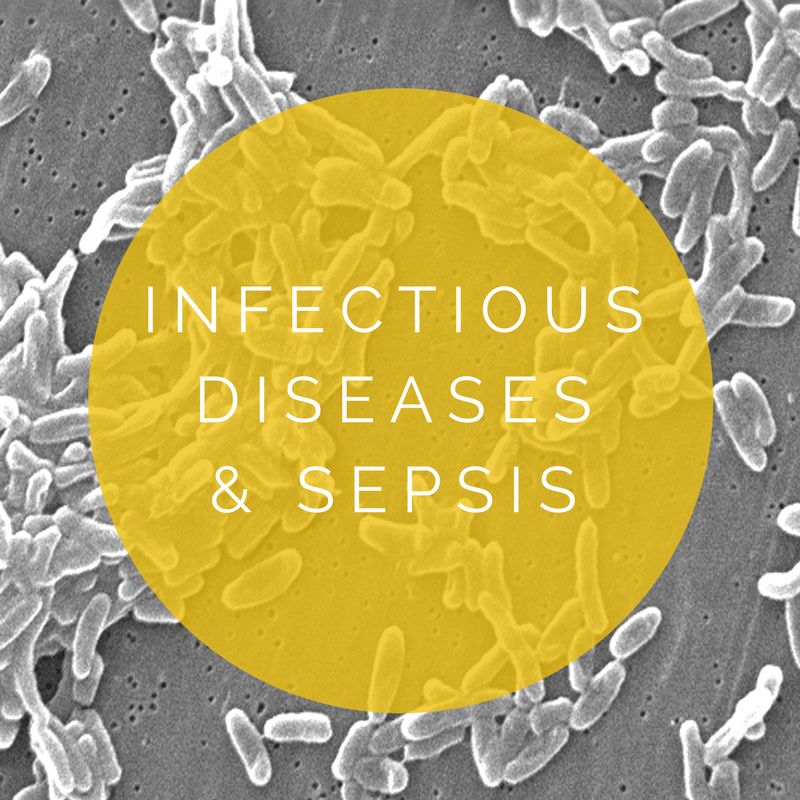Trauma
Aims For The Week
Consider the patient groups requiring specialised management
Discuss life saving procedures performed in a critically unstable trauma patient
Describe how and when to activate the trauma team
Explain your role in a major incident
Apply the guidelines for CT head and C spine imaging following trauma
Interpret a facial x-ray
Recognise the indications for an emergency thoracotomy
Describe the use of focused abdominal sonography in trauma(FAST)
Recognise and manage the neurovascularly compromised limb in trauma
Discuss the life threatening complications of severe burn
Basic Skills
Trauma represents a large portion of our workload, whether that’s dealing with intoxicated head injuries or a multiply injured RTC victim. There are a few skills that are individual to this group. See our resources on application of a c-spine collar, logrolling and the application of a pelvic binder. Also check out this great video from Oxford University on how to apply a collar. C-spine immobilisation is a controversial topic, and although NICE guidelines still advocate 3-point immobilisation, there is little evidence for this. Check out this great podcast from 'The Resus Room' which discusses the topic in more detail.
There are a number of special groups of patients to consider when managing trauma. Pregnant patients and children are among them and you should be familiar with the differences in their injury patterns and management.
Neck Injuries
Are you confident about when to request a cervical spine imaging in a patient following a neck injury? We have a guideline to help you with this. Know your Jefferson's from your Hangman's? Check out of resource to help explain the different types of c spine fracture.
Facial injuries and head injuries often go hand in hand. Facial x-rays can be quite difficult to interpret to the uninitiated so check out this guide to interpreting facial x rays.
Penetrating Trauma
The standby phone rings and a 24 year old male is enroute after being stabbed in the chest at least 3 times. He is tachycardic and hypotensive. Do you put out a trauma call? Here is an example of trauma call criteria for a local hospital.
We deal with more than our share of penetrating trauma, have a read at our pearls & pitfalls in managing stab wounds.
The initial trauma assessment is detailed in this comprehensive LITFL blog based on ATLS principles.
There are a few procedures that are rarely required in the ED, however they can be lifesaving when required. These include clamshell thoracotomy, which is detailed in this article.
Also see our St Mungo's Skills & Drills guide to Thoracotomy & this awesome video by the late John Hinds.
Although in polytrauma the injuries to the chest and abdomen are often the most immediately life threatening, neurovascular impairment of a limb is an emergency in its own right. Review this guide to limb injuries.
A Focused Abdominal Sonography in Trauma (FAST) maybe appropriate in abdominal trauma. It is a bedside ultrasound scan that is performed by an emergency doctor that is core competent. You may be interested in understanding how this is performed & about the views that are obtained. Check out this great video from 5minsono on how to get the best views.
Burns
A patient presenting with severe burns is an emotive & highly stressful situation. Have a look at our guide to major burns and a useful review on burns management by EM Docs.
Major Incidents
Some of the St Mungo's team have now been involved in 2 major incidents over the past few years including the Clutha helicopter crash & the George Square bin lorry crash. Read about what we have learned from the experiences in this publication.
Further Info
If you are involved in recruitment for the Crash 3 trial ( an international trial to assess the effect of tranexamic acid on mortality & disability in patients with traumatic brain injuries), it is worthwhile reading around the Crash3 Trial & how tranexamic acid works.
It is worthwhile becoming familiar with the criteria we are to meet in investigating and managing a severely injured patient. These are called the STAG criteria.
Further Reading...
For some further reading then this blog from St. Emlyn’s might make you reconsider the benefits in a full body CT in trauma.
Here is a list of interesting resources to browse.





















